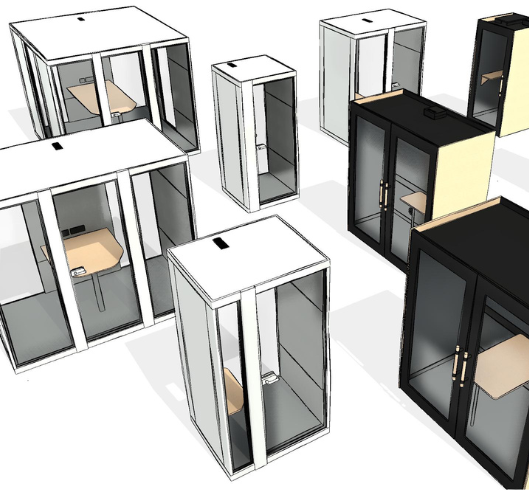Revit Families: I Know I Need Them… But Where Do I Even Start?
If you’ve ever had an Architect or Specifier ask you for “Revit Families” and felt your brain quietly panic, don’t worry, you’re in good company.
Many manufacturers and building product suppliers have heard the term, know it’s important, and maybe even nodded confidently in a meeting while secretly thinking, “I really should Google that later.”
So, let’s break it down. What are Revit Families? Why do you need them? And how do they actually help your products get specified in more projects?

What Exactly Is a Revit Family?
Think of a Revit Family as a digital version of a real-world product.
If you sell doors, lighting, furniture, or HVAC systems, a Revit Family is your product, recreated in 3D, so architects and designers can drop it straight into their building models.
Revit is the software used in BIM (Building Information Modelling) and the digital method used across construction projects to plan, design and build more efficiently.
Each Family includes:
- Geometry (the 3D model)
- Technical data (dimensions, materials, performance details)
- Product information (manufacturer, code, links, warranty, etc.)
Moreover, when an architect adds your Revit Family into their model, they’re not just seeing a shape they’re seeing your product, complete with all the data they need to specify it.
Why You Need Them
If you supply products into the built environment, such as interiors, architecture, MEP, or construction, Revit Families are your digital calling card.
Here’s why:
- Architects now expect them - Most design teams work in Revit. If you don’t have them available, you risk being replaced by a competitor who does.
- They make specification easy - When your product is already modelled, the architect can drag, drop, and specify right there in their design. No extra research, no delays.
- They boost visibility - Once your Families exist, they can be shared through your website, BIM libraries or specification portals and this means getting your brand in front of thousands of design professionals.
- They reduce errors and returns - Designers are working from accurate models, meaning fewer measurement mistakes or miscommunications further down the line.
- They show you’re forward-thinking. - Supplying Revit content signals professionalism, accuracy and digital readiness which are qualities clients look for when shortlisting suppliers.
But What If I Don’t Speak “BIM”?
You don’t need to!
That’s where Revit Family specialists such as Diane Butterworth Ltd come in. We work with manufacturers and suppliers to translate your real-world products into fully functional, well-structured BIM content.
Our professional service will make sure your Families:
- Meet industry standards (so architects can trust them)
- Are lightweight and efficient (so they don’t slow down large project models)
- Include all the right metadata (so your brand is visible in every file)
In other words, you supply the product data, and we do the digital magic.
What’s the Process Like?
It usually starts with a chat about your product range and what you’d like to make available in Revit and how it’s used in projects.
From there, we create accurate 3D models, add technical and manufacturer data, test them in Revit and deliver files ready to upload to your website or a BIM library.
Why It’s Worth Doing Now
The UK construction industry is now digital by default. Architects, engineers and contractors are using BIM workflows on almost every project, from housing and hospitals to offices and schools.
If your products aren’t available in Revit format, you’re effectively invisible to a large part of your target audience.
By investing in Revit Families, you’re making it easy for specifiers to choose you and, in a competitive marketplace, that simplicity can make all the difference.

So, now you know
Revit Families are your products, brought to life in the digital world of design.
You don’t need to know how to build them; just that you need them.
They make life easier for architects, increase your visibility and help your products land in more projects, more often.
So next time someone asks, “Do you have Revit Families available?” You can smile, nod and actually know what you’re on about.